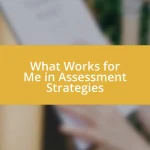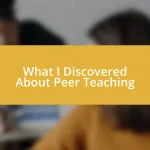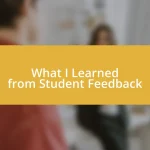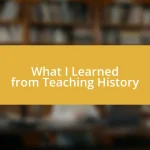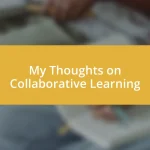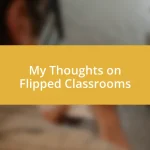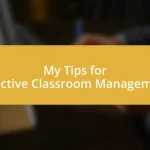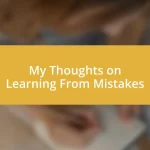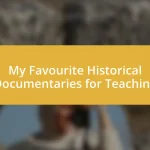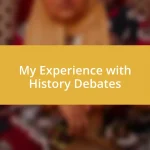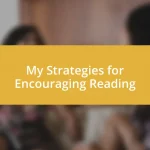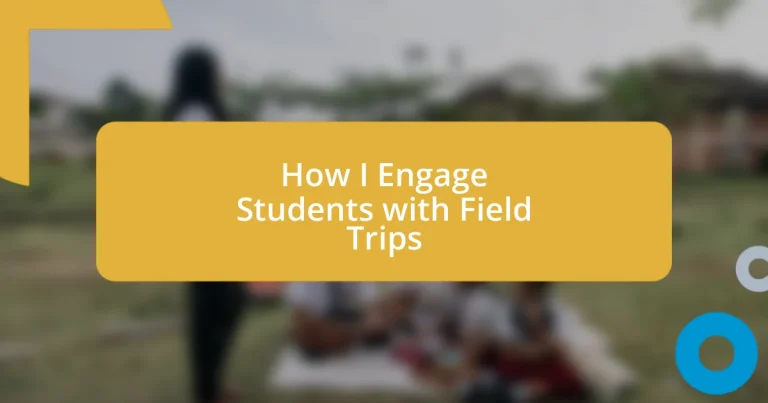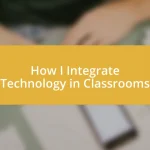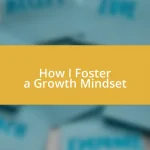Key takeaways:
- Field trips enhance student engagement, foster social skills, and cater to diverse learning styles, transforming the classroom experience into real-world connections.
- Effective planning involves clear objectives, meticulous logistics, and relevant follow-up activities that reinforce learning and promote deeper understanding.
- Post-trip reflection and evaluation are crucial for assessing the impact of field trips, allowing students to articulate their experiences and retain knowledge long-term.
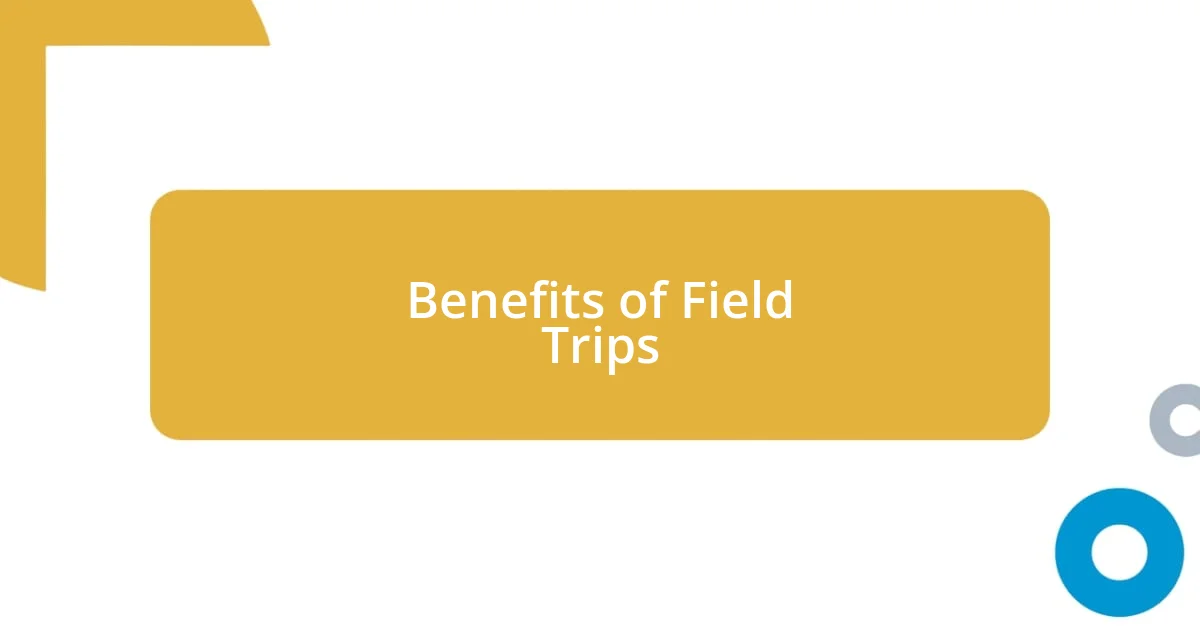
Benefits of Field Trips
Field trips provide students with a unique opportunity to step out of the classroom and engage with learning in a tangible way. I remember taking my class to a science museum, and the excitement was palpable; the students were not just observing—they were interacting. This immersive experience sparked curiosity that many of them carried back into their regular lessons, proving that real-world connections can enhance classroom learning.
Moreover, field trips can strengthen social skills and teamwork. Picture a group of students working together to solve a puzzle at an interactive exhibit. I often witnessed quiet students open up and shine in these scenarios. It makes me think—how often do we underestimate the power of these outside environments to build camaraderie among classmates? Field trips foster connections that can last a lifetime.
Additionally, they cater to diverse learning styles, which is essential in a classroom setting. For example, I had a student who struggled with traditional lectures yet thrived during a hands-on activity at an art gallery, where they could express their creativity. Isn’t it fascinating how a simple trip can unlock a student’s potential in ways we might not see through our usual teaching methods? This highlights the importance of embracing various educational experiences.
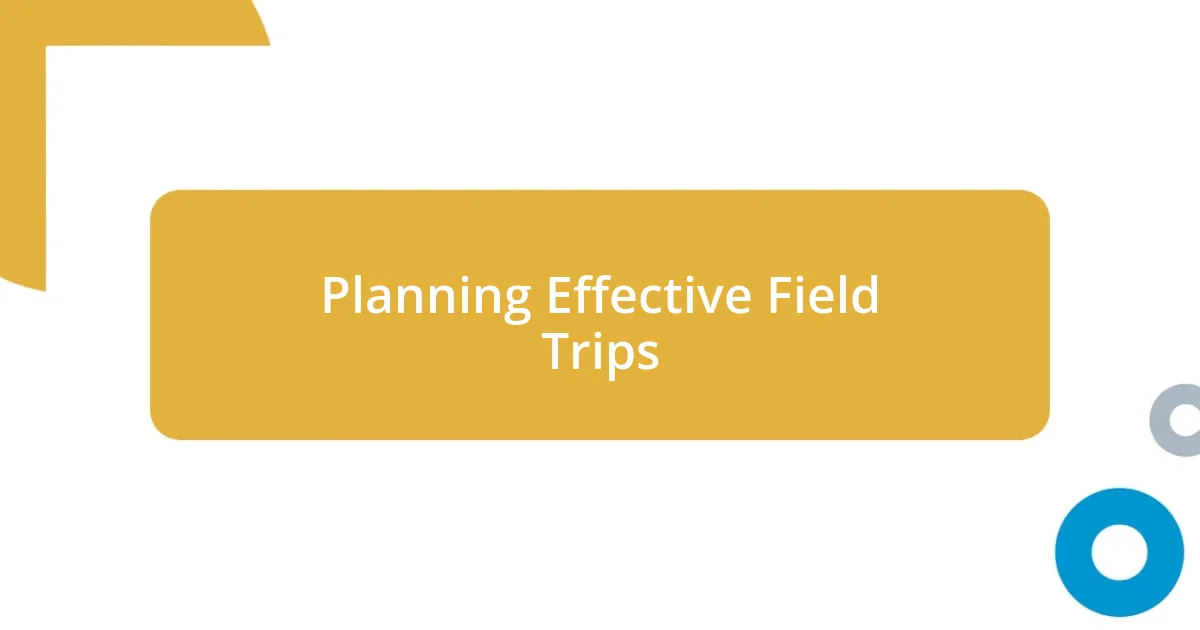
Planning Effective Field Trips
Planning effective field trips requires careful consideration and organization. I find that starting with clear objectives is crucial. For instance, when I took my students to a historical site, we focused on understanding local history through interactive storytelling. It was amazing to see their engagement soar as they connected the dots between what they’d learned in class and the actual artifacts before them.
Additionally, logistics must be meticulously planned. I once overlooked confirming our transportation, and let me tell you, that was a stressful day! Ensuring that transportation, permission forms, and schedules align can make or break the experience. Drawing on my experience of planning trips, I’ve learned to prioritize communication with parents and venues—it’s vital for a smooth outing.
When it comes to follow-up activities, I believe they are just as important as the trip itself. After a visit to a botanical garden, my students created journals where they documented their favorite plants and shared their observations. This not only reinforced their learning but also gave them a sense of ownership over their experience. Reflecting on their adventures enhances the overall impact of the trip and encourages deeper understanding.
| Aspect | Consideration |
|---|---|
| Objectives | Ensure educational goals align with the destination |
| Logistics | Plan transportation, schedules, and necessary permissions |
| Follow-Up | Incorporate activities that reinforce learning post-trip |
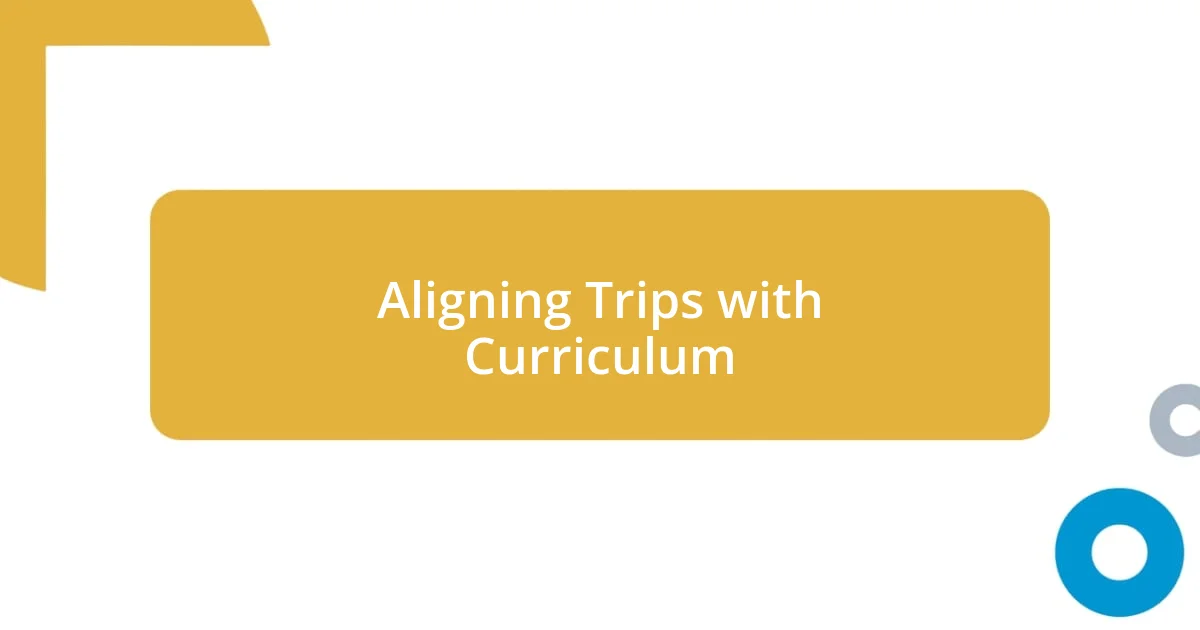
Aligning Trips with Curriculum
Aligning field trips with the curriculum is vital for maximizing their educational impact. I’ve always found that trips should connect to specific learning objectives to foster meaningful experiences. For instance, when we visited a local conservation area while studying ecosystems, the excitement in the air was infectious. Students were not just passively learning; they were conducting their own mini-experiments in the field, directly applying their classroom knowledge to their surroundings.
To ensure a seamless connection between the trip and the curriculum, consider these key points:
- Identify Learning Objectives: Pinpoint which curriculum standards the trip will address.
- Choose Relevant Destinations: Select venues that offer experiences aligning with the subjects being taught.
- Engage Students Before the Trip: Introduce pre-trip lessons to build context and excitement.
- Incorporate Reflective Follow-Up: Facilitate discussions or projects that connect back to what they learned during the trip.
I remember taking my students to a planetarium while exploring the solar system. Engaging them with interactive exhibits made concepts come alive in ways textbooks never could. As they gazed up at the stars, their smiles were a testament to the power of experiential learning. It’s moments like these that remind me just how impactful a well-aligned field trip can be, igniting students’ passion for knowledge in an unforgettable way.
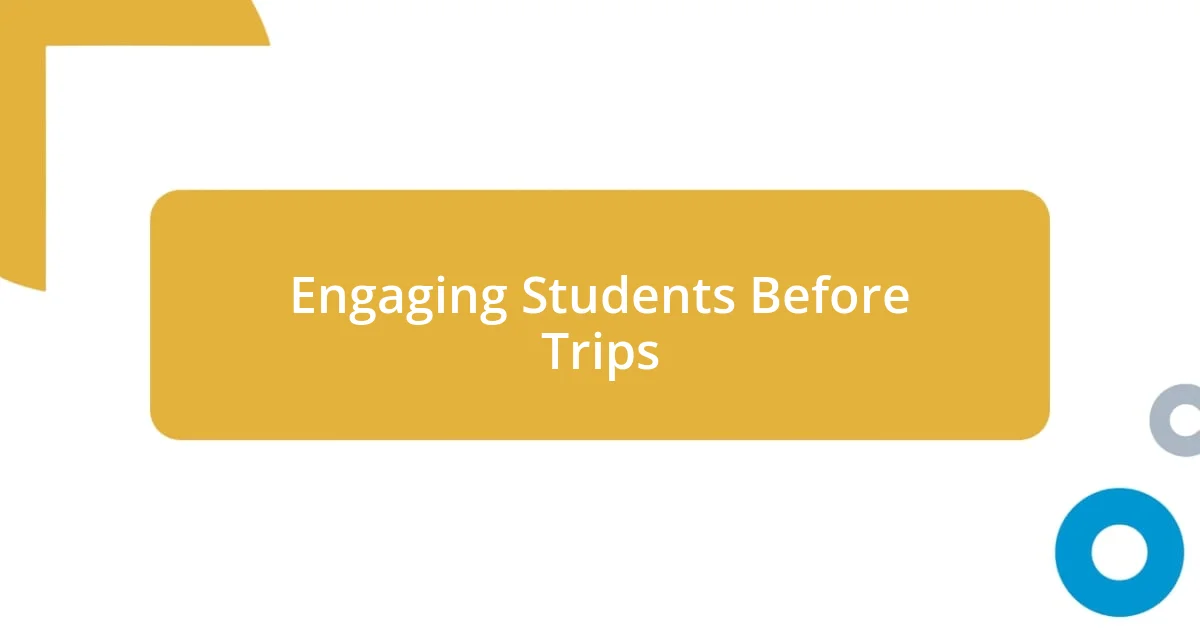
Engaging Students Before Trips
I’ve found that engaging students before a trip can really set the stage for an exciting experience. For instance, I once had my class create a “field trip wish list” where they researched the destination we were about to visit. This exercise sparked their curiosity and allowed them to voice what they were most excited to learn. Isn’t it amazing how just the act of preparation can elevate their investment in the trip?
Another technique that works wonders is incorporating multimedia. I often share videos or photos related to the venue beforehand. One time, I introduced a science center visit with a short documentary about the exhibits. The students’ eyes lit up as they connected the visuals to their classroom discussions. It felt like we were already on the adventure together, building anticipation and giving them a taste of what they might see.
Lastly, discussing relevant questions as a class can create a buzz around the upcoming experience. Before our visit to an art museum, I asked students what they thought art could represent in society. Their insightful conversations made it clear that they were eager to explore those notions firsthand. I think this approach not only engages them but also empowers them to think critically about what they’ll encounter. How do you envision your students engaging with the world they’re about to see?
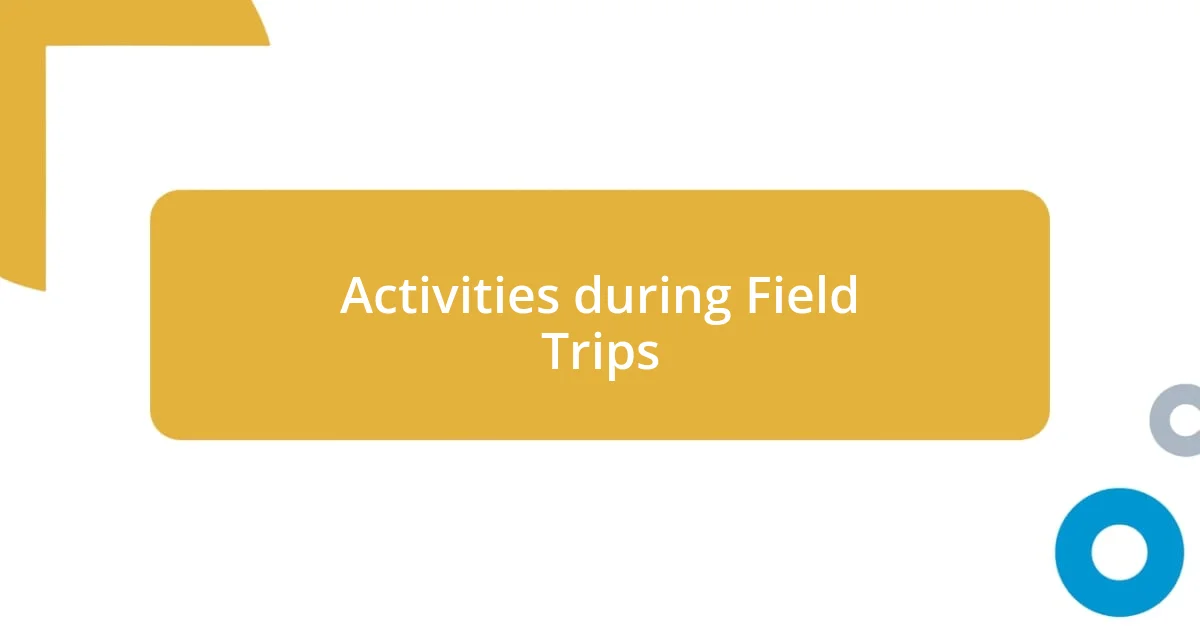
Activities during Field Trips
I love incorporating hands-on activities during field trips because they help students actively participate in their learning. For example, on a recent trip to a historical site, I organized a scavenger hunt where students had to find specific artifacts. Watching them race around, genuinely thrilled to uncover pieces of history, reminded me of how powerful active involvement can be. It’s in these moments that I see their enthusiasm transform into real understanding.
Another engaging activity is facilitating small group discussions right on the spot. During a visit to a science museum, I assigned each group a specific exhibit to discuss and present their findings back to the class. The conversations that ensued were eye-opening. Not only did they share their insights, but they also learned to appreciate diverse perspectives. Isn’t it incredible how these informal discussions can spark a deeper connection to the material?
I also enjoy encouraging creativity through role-playing activities. Just last spring, at a local farm, I had my students act out the roles of various workers there, from farmers to the animals themselves. The laughter and energy in the air as they embraced their roles made learning about agriculture fun and memorable. It made me wonder: how can we use imagination to enhance understanding during these precious experiences? This kind of playful engagement truly makes the lessons stick.
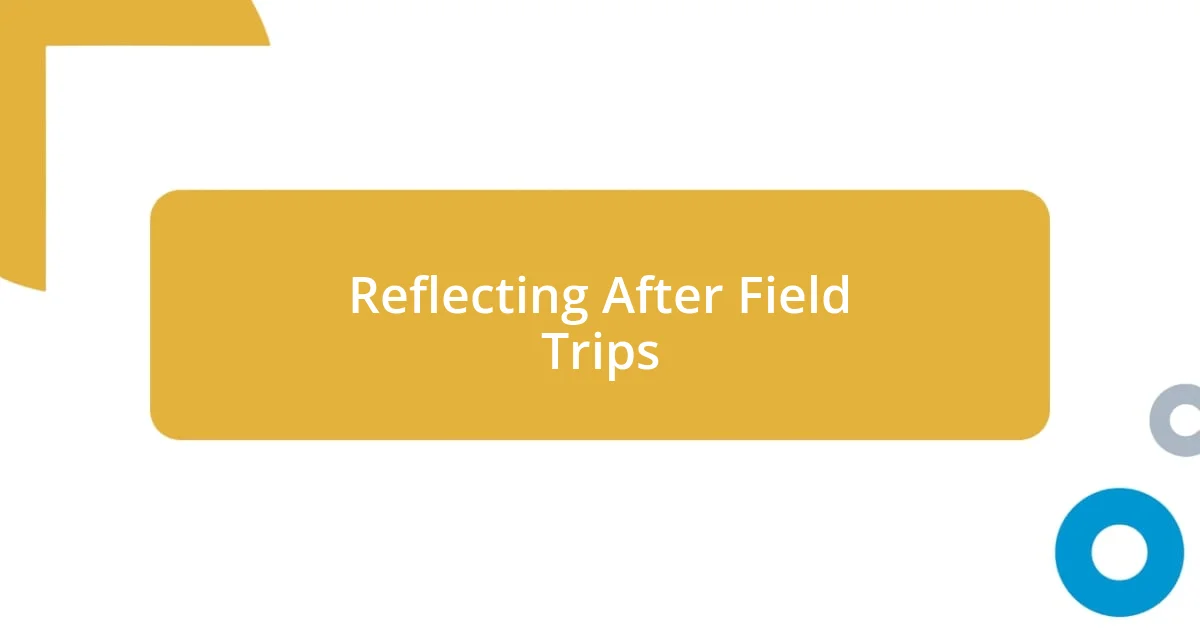
Reflecting After Field Trips
After returning from a field trip, I always encourage students to share their favorite moments. One time, after a visit to a botanical garden, a student excitedly recounted the beauty of the diverse plants we saw. Their passion reminded me just how impactful it is to reflect together; it allows students to internalize what they learned and express their emotions. Isn’t it fascinating how sharing personal experiences can strengthen the bond within the classroom community?
I’ve found that writing can also be a therapeutic way to reflect. I often assign a creative journal entry where students describe their day from the perspective of an object they encountered. This approach not only gets their imaginations flowing but it deepens their comprehension of the trip. I’ll never forget how a student once penned a heartfelt letter from a tree they had climbed, expressing its joy and the lessons of resilience it had to offer. It left me thinking about the powerful connections they can forge through storytelling.
Finally, hosting a debrief session allows students to collectively explore what they discovered. Last year, after a visit to a science center, I invited them to share one surprising fact they learned. The excitement in the room was palpable as ideas bounced around like popcorn. This simple act of sharing created a vibrant atmosphere of curiosity that extended well beyond the trip. Have you ever witnessed the transformation that occurs when students reflect together? It’s truly a sight to behold!
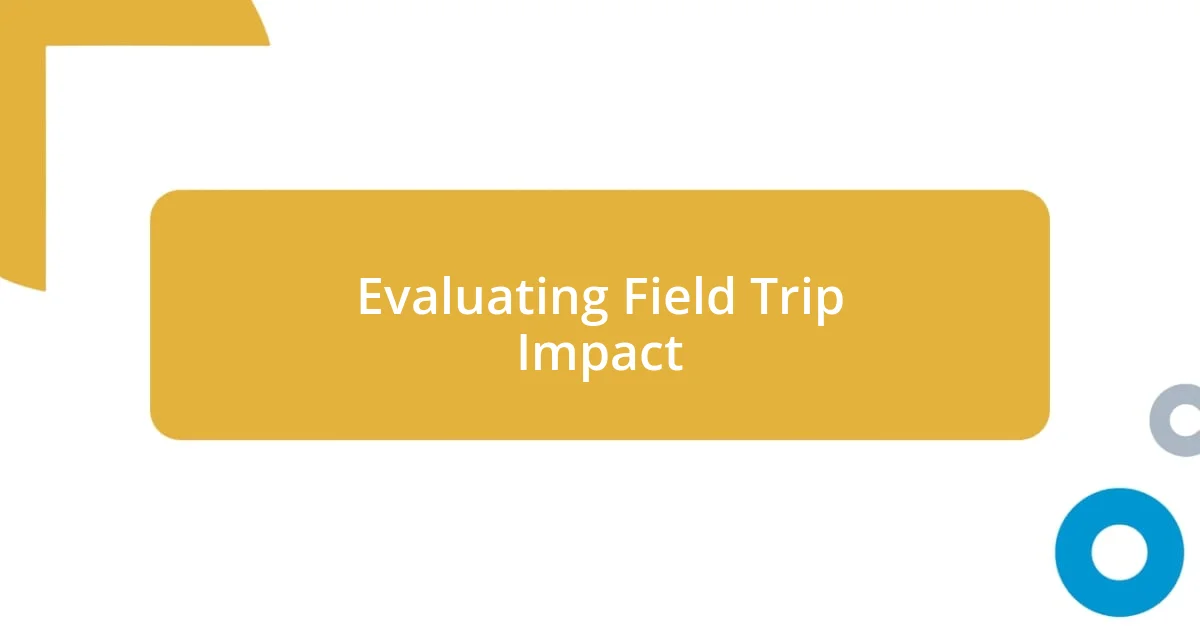
Evaluating Field Trip Impact
Evaluating the impact of field trips can be quite revealing. For instance, after a recent visit to an art museum, I distributed a survey asking students to rate their understanding of different artistic styles before and after the trip. The turnaround was palpable; many felt their knowledge had significantly deepened, and several even expressed newfound interest in exploring art further. Doesn’t it feel rewarding when students recognize their own growth?
Analyzing post-trip discussions is another effective evaluation tool. During a recent trip to a local historical site, I gathered students for a formal feedback session. Listening to their reflections sparked a lively debate on historical interpretations that not only illuminated their critical thinking skills but also highlighted the diverse perspectives they had developed. Have you noticed how these open conversations can sometimes uncover insights that you, as an educator, might overlook?
I also make it a priority to assess the long-term retention of knowledge gained during field trips. A few months after an excursion to a nature reserve, I implemented a follow-up project where students had to create a presentation based on what they had learned about ecosystems. The pride they took in showcasing their projects revealed not only their retention but also their ability to connect that knowledge to subsequent lessons. It’s thrilling to see how these experiences continue to ripple through their educational journey—don’t you think?
